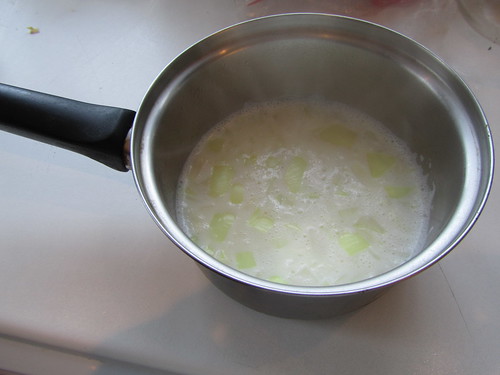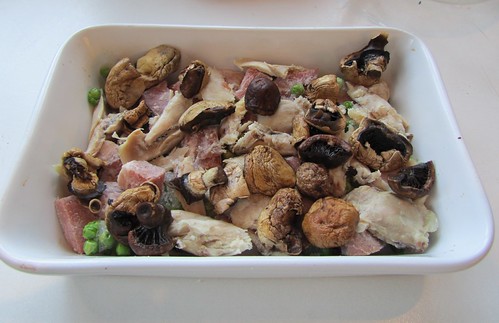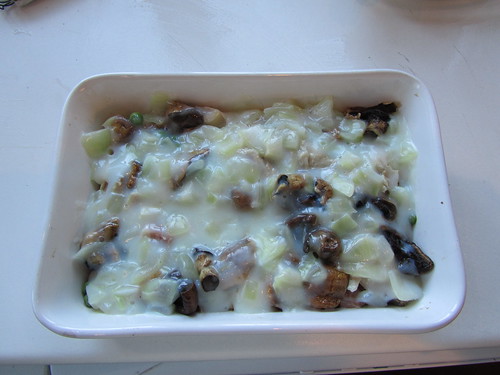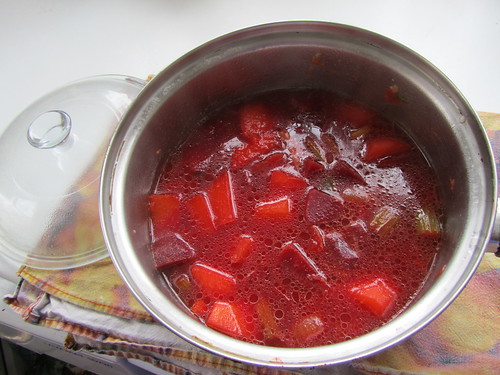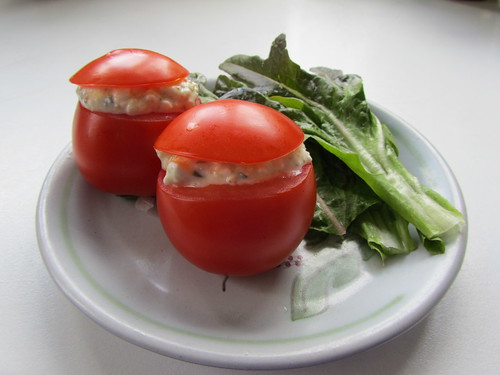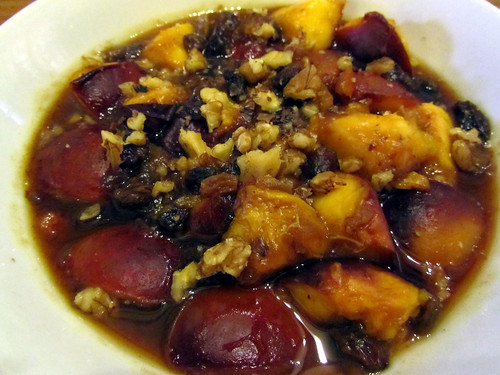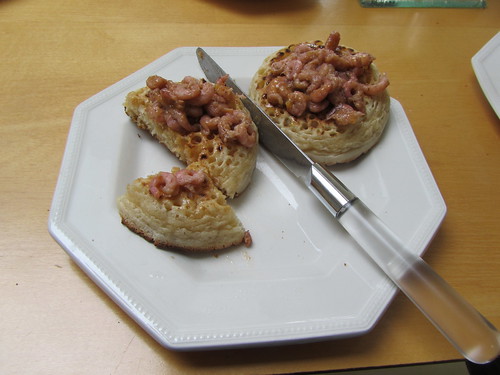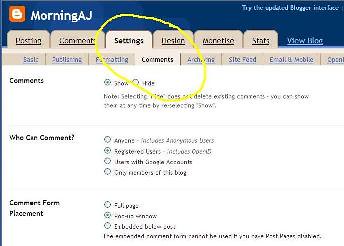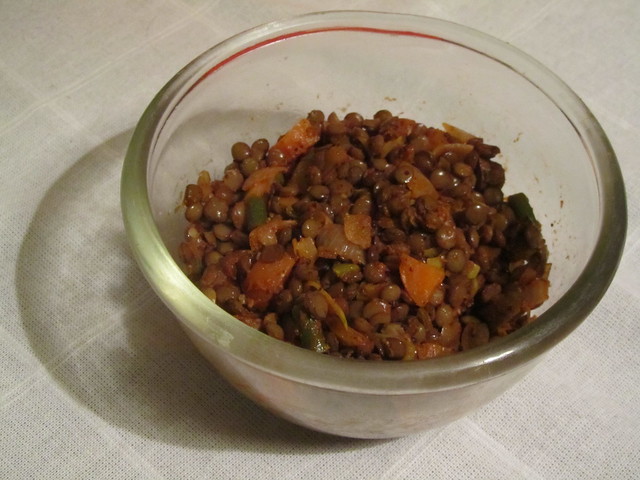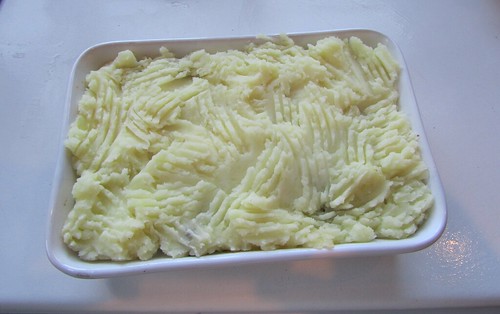 |
| Looks better after you brown it in the oven |
You are all very aware that Auntie Anne likes to save money wherever possible - well here's a tasty way to use up some leftovers and nobody would ever know that you didn't plan it.
If you've followed the advice in other parts of this site you almost certainly have bits of leftover cooked meat in your freezer (pickings from a chicken, the tail-end of a bit of boiling bacon, a couple of chunks of any old roast meats really.) You should also have herbs in your store cupboard and a couple of veggies somewhere in your fridge. And you must have some potatoes somewhere. Maybe you even have leftovers from last night's dinner.
You will need:
Some cooked meat.
A herb that suits it (sage with beef, tarragon with chicken etc.)
Some veg. Such as mushrooms, tomatoes, frozen peas, tin of sweetcorn, cooked carrot etc.
At least one onion.
A couple of garlic cloves (or dried if you don't have fresh)
Half a pint of milk
A bit of cornflour (a heaped teaspoon or two will do it)
A few potatoes, or some leftover mash.
Chop your onion roughly and put it into a pan with the milk. Peel and chop the garlic and add that. Simmer it for about 10 minutes until the onion softens. Mix your cornflour with a small amount of cold water and add it to the pan. Bring the whole lot back to the boil, stirring, until teh mixture thickens. Put it to one side.
In an oven-proof dish place your chunks of meat and intersperse them with the vegetables. Mushrooms and tomatoes can go in raw; small frozen veg ditto. Hardier veg such as carrots, parsnips, sprouts and such like will need a bit of a boil first to soften them. Sprinkle the whole lot with your chopped herbs. (Dried are fine!)
Then pour the onion and milk mixture over the top. Set aside.
Peel and boil some potatoes and mash them with a splash of milk. Add nutmeg if you like. It tastes good in spuds. Now spoon the mashed spuds onto the top of the dish and rough up the surface with a fork.
Stick the whole lot into a hot oven for about 15 minutes until it browns on top. Serve with another veg that doesn't appear inside the pie.
If you've followed the advice in other parts of this site you almost certainly have bits of leftover cooked meat in your freezer (pickings from a chicken, the tail-end of a bit of boiling bacon, a couple of chunks of any old roast meats really.) You should also have herbs in your store cupboard and a couple of veggies somewhere in your fridge. And you must have some potatoes somewhere. Maybe you even have leftovers from last night's dinner.
You will need:
Some cooked meat.
A herb that suits it (sage with beef, tarragon with chicken etc.)
Some veg. Such as mushrooms, tomatoes, frozen peas, tin of sweetcorn, cooked carrot etc.
At least one onion.
A couple of garlic cloves (or dried if you don't have fresh)
Half a pint of milk
A bit of cornflour (a heaped teaspoon or two will do it)
A few potatoes, or some leftover mash.
Chop your onion roughly and put it into a pan with the milk. Peel and chop the garlic and add that. Simmer it for about 10 minutes until the onion softens. Mix your cornflour with a small amount of cold water and add it to the pan. Bring the whole lot back to the boil, stirring, until teh mixture thickens. Put it to one side.
In an oven-proof dish place your chunks of meat and intersperse them with the vegetables. Mushrooms and tomatoes can go in raw; small frozen veg ditto. Hardier veg such as carrots, parsnips, sprouts and such like will need a bit of a boil first to soften them. Sprinkle the whole lot with your chopped herbs. (Dried are fine!)
Then pour the onion and milk mixture over the top. Set aside.
Peel and boil some potatoes and mash them with a splash of milk. Add nutmeg if you like. It tastes good in spuds. Now spoon the mashed spuds onto the top of the dish and rough up the surface with a fork.
Stick the whole lot into a hot oven for about 15 minutes until it browns on top. Serve with another veg that doesn't appear inside the pie.
